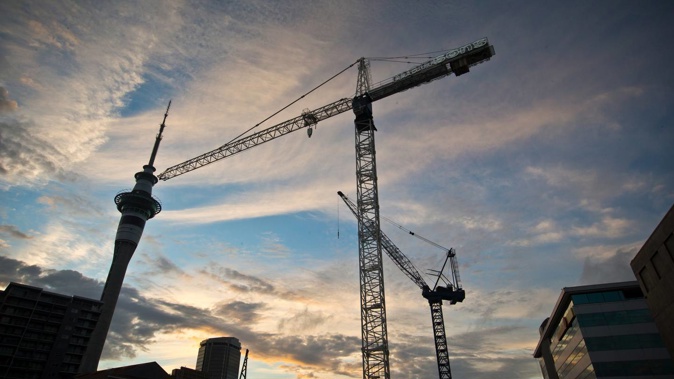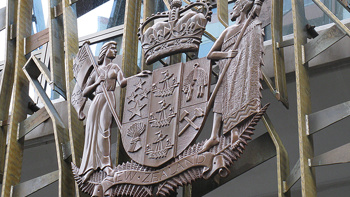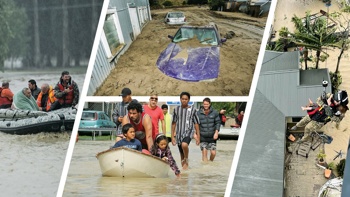
New Zealand has an increasing number of long-term high-rise fixed and crawler cranes despite the pandemic, building price rises and labour shortages.
The RLB Crane Index out today showed numbers rose from 144 in last year's third quarter to 150 cranes in this year's first three months.
Auckland crane numbers also hit a new record, the study found.
"The industry has weathered lockdowns, supply chain delays, increased shipping and freight costs, material price rises and pressure on local labour resources. Yet today, there are a record 150 tower cranes standing tall across New Zealand," said commentary out with the new data.
"This is mainly attributable to a record 108 cranes in Auckland and a record 78 residential cranes across the country."
A year ago, the Herald reported only 136 long-term high-rise cranes on sites nationally.
Chris Haines, a director of cost consultant or quantity surveyors Rider Levett Bucknall, described the latest numbers as "extraordinary, given the numerous challenges our industry has had to endure these past two years. It's great to see the industry so resilient and buoyant."
But Auckland is the only city where crane numbers growing.
Dunedin and Queenstown maintained previous numbers but Christchurch's crane population dropped by two.
Hamilton and Wellington each had one fewer crane than previously. Tauranga's crane population was down by two.
Haines cited the build-to-rent and retirement village sectors as having high crane numbers.
Apartment and townhouse projects are driving crane numbers up.
"For the first time in the 17 editions of the index, residential cranes on-site account for more than 50 per cent of all cranes sighted within the seven key regions included in the count. Furthermore, residential cranes account for 57 per cent of the Auckland region," Haines said.
On the outlook, he said the pipeline looked strong and the number of building consents was up 16.2 per cent annually.
Those in the non-residential sectors might hope house building would ease to help with the labour and material shortages, he said.
"Given the escalation that has incurred in the past 15 months, some big projects are trying to crystal ball future pricing and the extent of future fluctuation risk to determine whether to proceed with builds or not.
"Some may be considering to wait in the hope of more future capacity in the market and more price and material supply time and cost certainty. However, recent Shanghai lockdowns and how open borders and migration will impact the construction sector over the next 12 months highlights there are definitely many unknowns," he said.
StatsNZ said 48,707 new dwellings were consented in the year to January, up 22 per cent annually.
The annual value of non-residential building work consented was $8.2 billion, up 16 per cent. Consents were granted for $1.4b of education buildings, up 8.1 per cent, $1.3b of factories, up 53 per cent and $1.1b of storage buildings, up 1.8 per cent.
Take your Radio, Podcasts and Music with you









